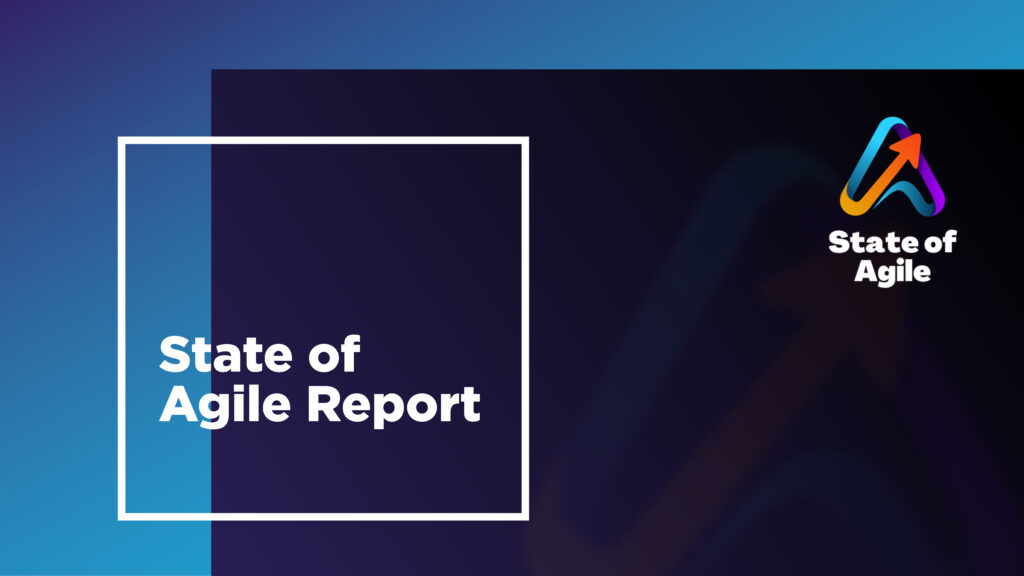Happy New Year Everyone!
With the end of 2022 and the beginning of 2023, I figured it would be a great opportunity to share the 2022 State of Agile report that was released last month. With its 16th annual survey conducted online and in-person, the State of Agile report has consistently shared valuable insights for the Agile community to take forward. The report shares survey results from over 3,000 respondents in the Agile community, focusing primarily on people, processes and tools. You can find the link to the 16th Annual State of Agile Report here: https://bit.ly/3Z1cUk7.
While there are many key insights that we can benefit from, there are three valuable takeaways I'd like to bring to the forefront that will help your teams and organization.
1. Agile Needs Support from Management
According to the State of Agile Report, 38% of respondents report that 'Lack of management support' is a leading cause of unsuccessful delivery with Agile. I'll add that 'Company culture' was the #1 reason at 41% with 'Lack of management support' being the second reason, but who can directly affect company culture? Management. Leadership.
Agile can be so valuable on the team level all the way up to the enterprise level, however, that value will diminish or outright fly out the door with lack of leadership support. I find that support from management is a crucial key in the success of Agile adoption and transformation. Speaking from a metaphorical retrospective POV, management can be the wind in the sail towards successful Agile delivery or it can be the anchor that halts the boat. By support, let's consider some key characteristics we look for in a manager:
- Trust in team members
- Removes impediments
- Makes connections
- Open to experimentation
- Protects the team
I highly recommend "multipliers: How the Best Leaders Make Everyone Smarter" by authors Liz Wiseman and Greg McKeown for any leader that wants to uplift the people around them.
2. Align with Business Needs
From a people perspective, among those who are satisfied with Agile practices at their company, a little more than half say they are satisfied because of better alignment to business needs (54%). I would really like to see this number go up in the 17th Annual State of Agile Report for 2023 as this is a must-have priority for Agile and for organizations. Yes, this statistic was listed under what was going well for people, but there's always room for improvement, right?
It can be a challenge aligning with business needs. Questions we often ask are:
- Who are we providing value to?
- How do we communicate with them? How often?
- What do they really want?
Sometimes, the answers aren't easy to find. As a Product Owner or Product Manager, you may find yourself being passed down from one business user to the next until you can find the right one that can tell you exactly what the challenges of the application they use are, what changes they'd like to see and what value that change would provide. If you're working across teams globally, finding consistent times to meet can be a challenge. One of the Agile principles state that business people and developers must work daily throughout the project. We get the why behind it, but it's easier said than done.
Aligning with the business needs to remain a top priority for any organization that wants a successful Agile adoption. This starts at the leadership level, understanding that aligning the dev teams with the business is where value is created. Second, we have to review how we communicate with the business. According to the State of Agile Report, one of the areas that isn't working well across Agile practices is business teams not understanding what Agile does (31%). We not only need Scrum Masters and Agile Coaches to facilitate these conversations where knowledge is shared with the business, we need to set expectations for a collaborative environment between the dev and business teams.
3. End to End Visibility
How much visibility do your teams have of an increment from ideation to production? 58% of respondents say end-to-end visibility and traceability from business initiative through development, test, and deployment to end users would be the most valuable improvement for DevOps teams. This statistic really raises some questions for me, such as what tools these teams are using. Also, how is the work being communicated outside of tools?
According to the State of Agile Report, the top 3 tools respondents use for Agile projects are (1) Atlassian Jira, (2) Mural/Miro, and (3) Microsoft Excel. In my experience, Jira has been a consistently effective tool for tracking user stories. However, the problem lied in how the team would use Jira and how to communicate the work within the team and to leadership. While tools are important, it's equally imperative how the tools are used within the team. Dev teams need to establish solid practices, come to an agreement on said practices, and execute before working with the tool they wish to use.
Common practices we see for visibility:
- Dev team Ways of Working (WoW) agreement
- Daily stand ups
- Backlog refinement and planning meetings
- Demo and review meetings
Many of the practices I mentioned above are related to Scrum and its ceremonies, but I find that meeting often on the backlog in whatever capacity helps to increase visibility. I also believe that it comes down to the team. What does your WoW agreement look like? How engaged is your Product Owner or Product Manager with the team? Remember, individuals and interactions over processes and tools.

